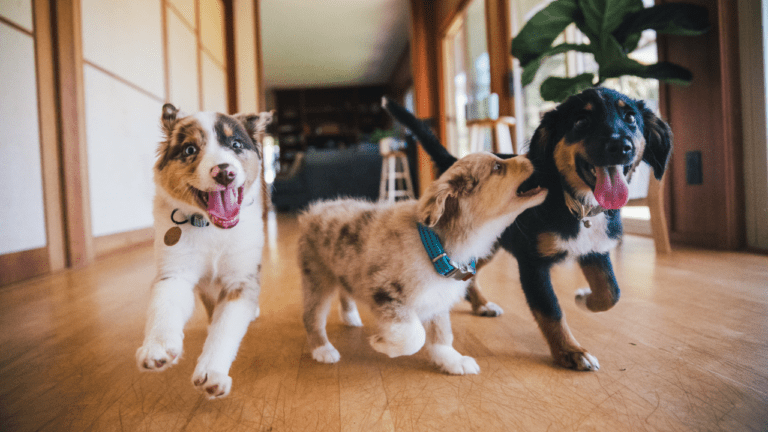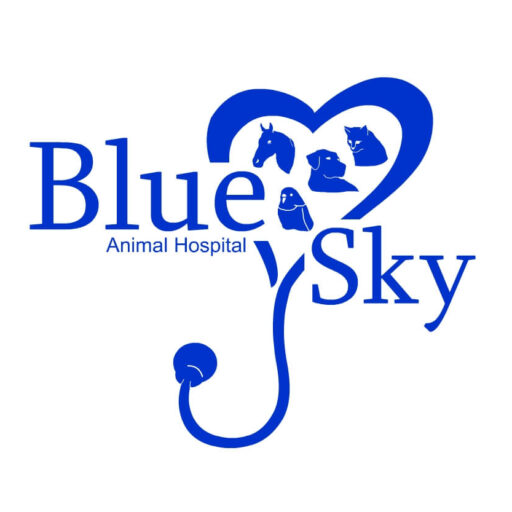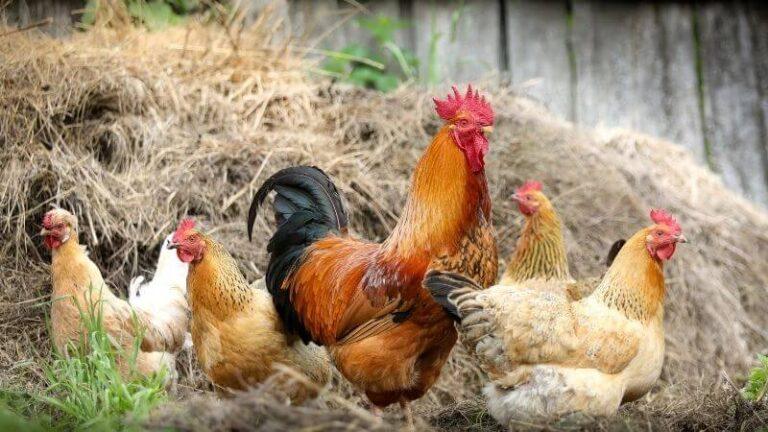Algae is a fairly common bacteria that grows in the stagnant water of lakes, ponds, and oceans. This bacteria clumps together to form the viscous, slimy material that many people are familiar with and can take on a variety of colors. When nutrient-rich water is present, the algae is said to “bloom,” growing quickly and causing excess bacteria that can run off the water source.
While many forms of algae are harmless, blue-green algae can be very toxic to pets, even in small amounts. It is also impossible to tell if algae is toxic just by looking at it, so it is very important to keep your pet away from all forms of algae.
If your pet comes in contact with blue-green algae, seek veterinary care immediately as even small amounts can have fatal results. Your pet’s chances of recovery are much better if they are promptly seen and treated by a veterinarian.
The best way to prevent toxicity from blue-green algae is to avoid all contact with algae of any kind. If your pet is swimming, make sure it is in a clear area and don’t let them roam to parts that you cannot see. It is also important not to allow pets to drink stagnant water, as algae can flourish there. If you are hiking or camping, always make sure to provide your pet with clean, fresh water rather than relying on natural resources.
If you suspect your pet may be succumbing to blue-green algae toxicity, call us or your nearest veterinarian immediately and waste no time bringing them in. If you have any questions, please contact us today. We would be happy to speak with you and answer any questions you might have about keeping your pet safe.

So You Want to Breed Your Dog?
You’ve determined your dog is a good example of it’s breed, is of sound structure and temperament, has proven itself…

